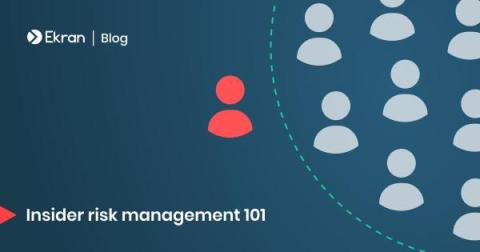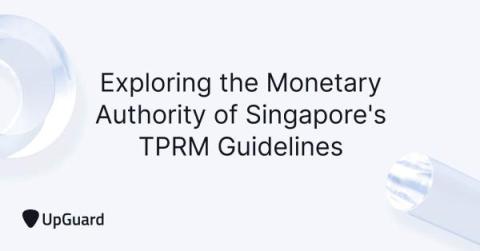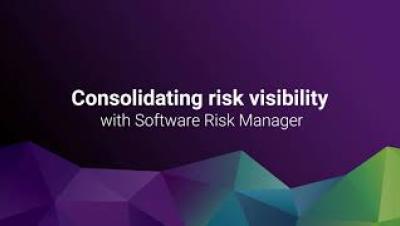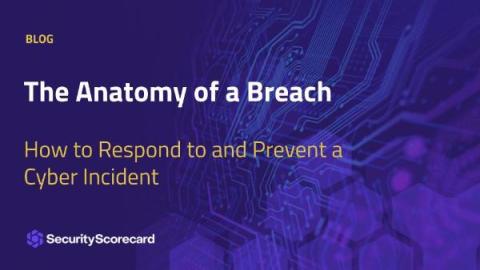Security | Threat Detection | Cyberattacks | DevSecOps | Compliance
Risk Management
Cybersecurity Readiness (Definition and 4 Evaluation Steps)
Exploring the Monetary Authority of Singapore's TPRM Guidelines
Consolidating risk visibility with Software Risk Manager | Synopsys
Top tips: Zero-day vulnerabilities in mobile apps-top 5 risks and mitigation strategies
Top tips is a weekly column where we highlight what’s trending in the tech world and list ways to explore these trends. This week we’re identifying the risks and vulnerabilities associated with mobile apps and discuss strategies to mitigate them. In our digitally connected world, mobile apps have become an integral part of our daily lives. We depend on them for communication, productivity, entertainment, and much more.
The Anatomy of a Breach
SecurityScorecard’s recent report with the Cyentia Institute found that 98% or organizations have a relationship with at least one third party that has experienced a breach within the last two years. This indicates that nearly every organization is at least indirectly exposed to risk through circumstances outside its control. With that in mind, it’s important for organizations to know how breaches can happen, how to detect them, and how they can respond effectively. Let’s explore.
How SBOMs and The Digital Supply Chain Converge
Software development is not slowing down and neither are the demands for new features. In order to keep up with the needs of the market and tight deadlines, software engineers have become adept at leveraging the massive ecosystem of 3rd party libraries available in source code management repositories such as GitHub. After all, why build something yourself and waste precious time when you can use what someone else has already created?.
Reinvent the way you partner with your supply chain to fix and mitigate security issues
It’s that time of the year again, 2024 planning. Security and third-party risk management leaders are scrambling to prioritize their initiatives for the coming year, advocate for more resources, and report on their progress over the past year. When only 16% of organizations report that they effectively manage third-party risk, the new year provides a blank slate to introduce new efficiencies to existing processes.
Rethinking Subjectivity Management for Cyber Insurance
Just like other insurance markets, subjectivities have become a staple of cyber insurance. When a cyber insurance underwriter issues a quote to the broker and insured, there may be additional requirements that must be met before the policy and coverage are activated. The management and resolution of these subjectivities creates friction for all stakeholders involved. It takes longer for insureds to obtain coverage, for underwriters to collect premiums, and for brokers to earn their commission.










